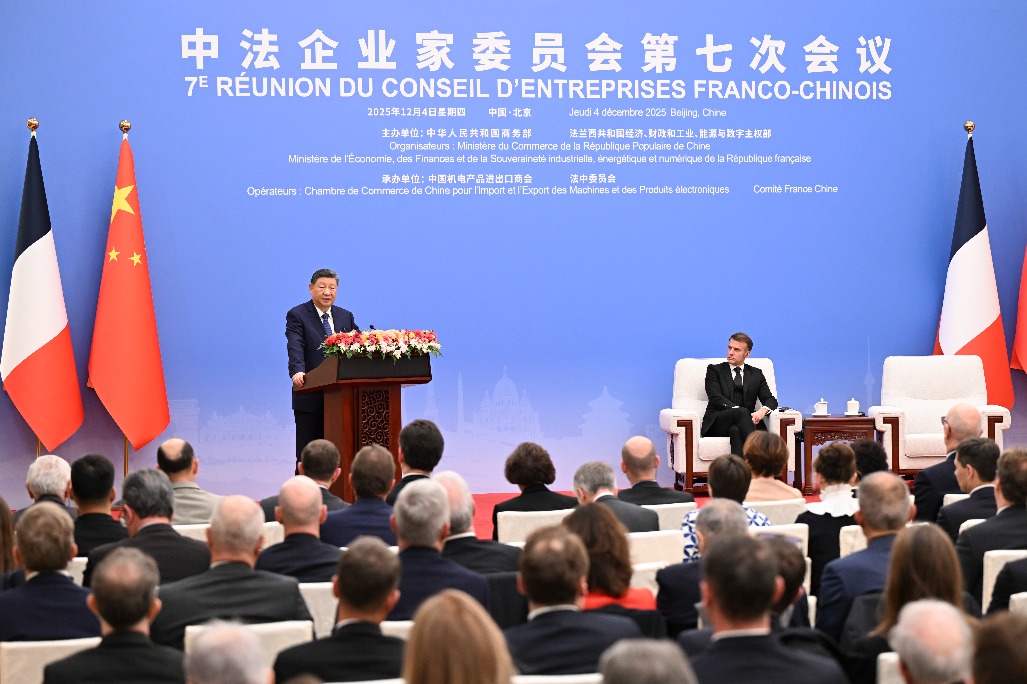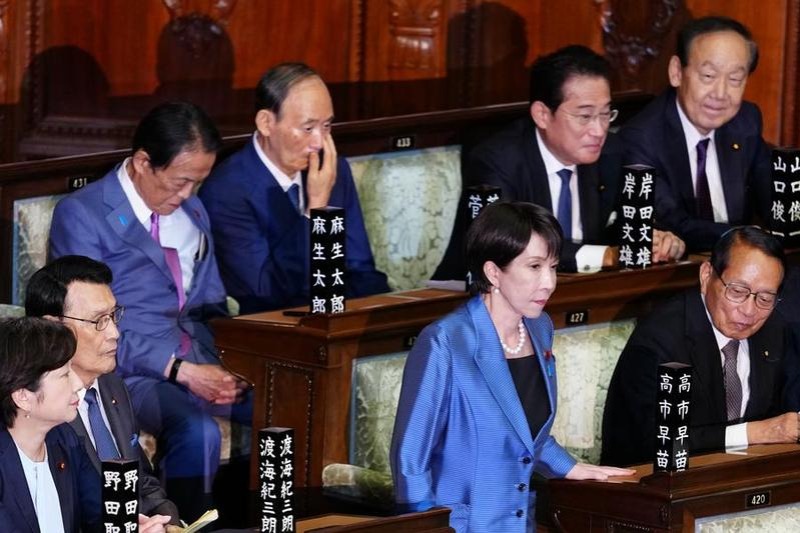Policy offers more family size choices


After the top leadership announced on Monday that all couples can have three children, phones beeped and buzzed across the country with people speculating on the outcome of the move. Yet after the initial excitement subsided, analysts around the world began to postulate as to the possible effects of this policy change.
I don't have a crystal ball. But it is possible to make some predictions about what might happen to fertility rates over the next few years. Because babies take at least nine months to "make", we will not see the impact of this policy announcement until the 2022 fertility rates are announced in 2023. However, it will be difficult to evaluate the direct effects of the policy, because it is just one of a number of policies to bring about demographic changes in China.
When the two-child policy was introduced, we did see a short-lived increase in the number of second births. However, this "bump" was largely offset by a decrease in the number of first births, as a result of the increasing age of marriage and childbearing in China. Survey data suggest there is relatively little enthusiasm among a large number of couples to have three children, which in turn means the likely upward "bump" may only be modest.
Furthermore, if we measure the outcome purely in terms of the number of births, we must also consider the issue of "demographic momentum". Even if fertility rates increases, the fact that there are fewer women of reproductive age overall means the number of children this smaller cohort gives birth to would still fall. On the other hand, there will have been many births that "should" have occurred in 2020-21, but were "postponed" due to the COVID-19 pandemic and the resulting economic and social uncertainties. These may well push up the fertility rate in 2022-23-but probably not by much.
So far, it is hard to see how the three-child policy will make any major difference to fertility rates in China, and hence to the broader demographic challenges which China is facing. As such, the future may look bleak for China's response to population aging and slow population growth. This assumption, however, rests on two fundamental misconceptions regarding the motivation of the policy change, and where it fits within the broader system of China's population policy.
The first is that "optimizing fertility policies" is only one part of the provisions within the 14th Five-Year Plan (2021-25) which relate to families. As well as "raising the level of services for better natal and prenatal care", the plan also addresses some of the biggest concerns on family formation among the Chinese people, namely "reducing the costs of childbirth, childcare and education" and "developing an inclusive childcare services system".
Policies in this area have been developing over recent years, and further development will serve to improve the prospects of starting, and expanding, a family in China.
The second misconception is that fertility is the only means of "actively responding to an aging population". While low fertility rates may be the primary cause of an aging society and slow population growth, increasing fertility rates is only a long-term response. Children born today will not join the labor-force until the early 2040s, by which time many of the challenges associated with population aging (such as the sustainability of the urban pension fund) will have reached a critical point.
Again, though, this point is recognized in the 14th Five-Year Plan, and takes a holistic view of responding to the accelerating aging. Apart from a pledge to raise the retirement age and adjust the basic pension insurance mechanism, the five-year plan sets out a comprehensive program to build sustainable institutions which can weather the future challenges of population aging. These include tapping the human resources of senior citizens, developing a "silver hair economy", and supporting existing, and fostering new systems of eldercare.
Plans to further improve the health of the population, along with the ongoing construction of a high-quality education system, will not only enable China to increase productivity and better transition from the period of unleashing the potential of renkou hongli (demographic dividend) to rencai hongli (talent dividend), but also have a positive feedback effect in ensuring healthier aging in the future.
Anyone expecting the three-child policy to turn around the challenges associated with China's new demographic paradigm will likely be disappointed. But they will have also missed the point of the policy, and misunderstood how it forms just one part of a much broader strategy.
Finally, while the policy may not, on its own, make a major change to the demographic structure of China, that does not mean it is without importance. For the thousands of family planning cadres around the country, it represents a further change in their roles. Adjusting to the new fertility paradigm has been challenging for many, not least for those who have lost their jobs.
The new policy opens up new reproductive choices for families (and prospective parents). And while it may be the case that not so many couples would have a third child, the policy change will be a blessing for those who long to do so.
The author is a professor of social science and public policy at the Hong Kong University of Science and Technology.
The views don't necessarily reflect those of China Daily.


































